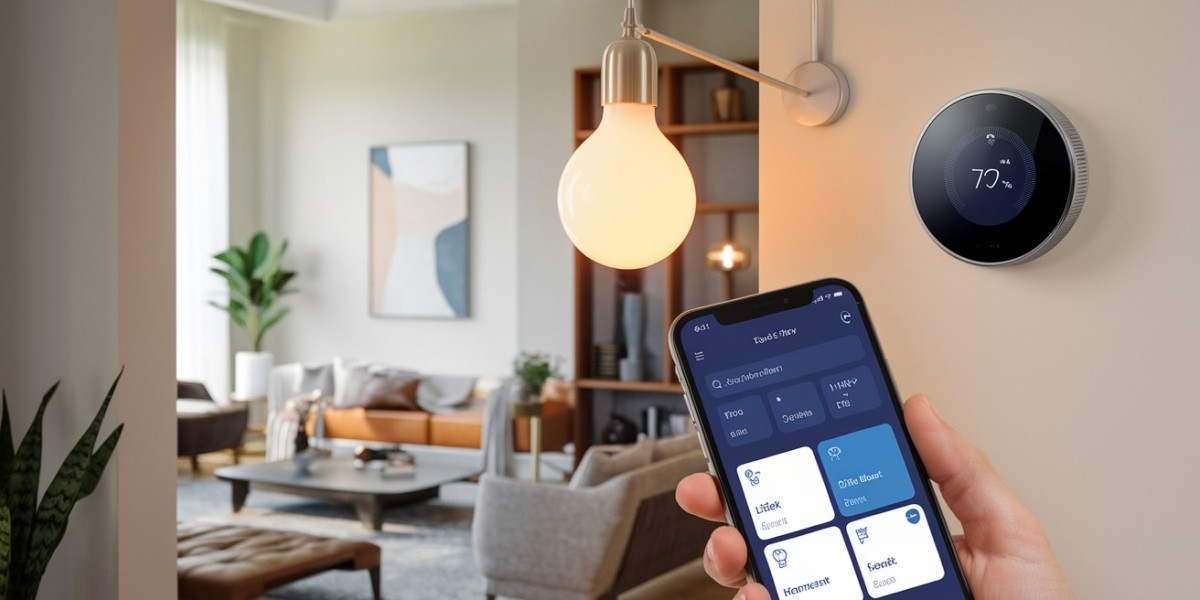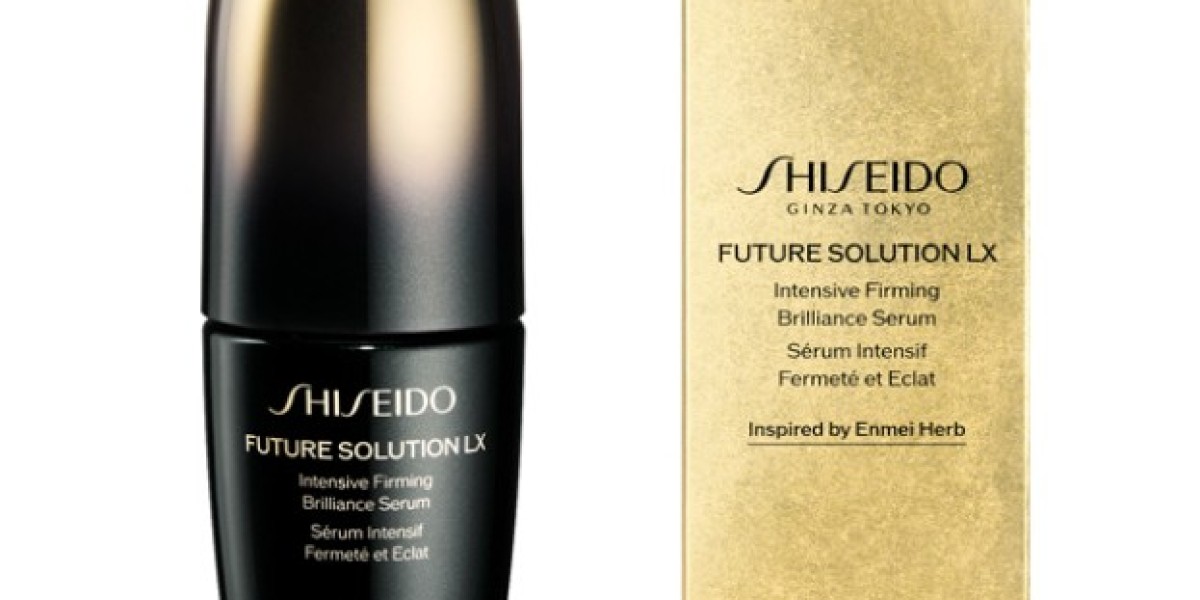In the era of innovation, smart technology is no longer a luxury it’s a practical upgrade that enhances the functionality, efficiency, and comfort of modern homes. Whether you're planning a complete home remodel or small-scale renovations, integrating smart technology can transform your living space. From energy-efficient lighting to automated home systems, here’s how you can incorporate smart technology into your next remodel.
Why Smart Technology is a Must-Have in Modern Homes
1. Convenience and Control
Smart home systems allow you to manage lighting, temperature, and security from the palm of your hand. Whether you’re at home or away, control is just a tap away.
2. Energy Efficiency
Smart technology minimizes waste by optimizing energy usage, helping you save on utility bills while reducing your environmental footprint.
3. Enhanced Home Value
Properties with smart features are increasingly in demand, offering higher resale values and quicker sales in competitive markets.
Key Areas to Focus on When Incorporating Smart Technology
1. Smart Lighting
Why Choose Smart Lighting?
Smart lighting systems offer adjustable brightness, color options, and automation features, creating the perfect ambiance for any occasion.
Popular Options
Smart Bulbs: Brands like Philips Hue and LIFX offer bulbs that can be controlled via smartphone apps or voice commands.
Motion Sensors: Automatically turn lights on or off based on movement, improving energy efficiency.
Customizable Scenes: Pre-set lighting configurations for different times of the day or activities.
Installation Tips
Use dimmer-compatible switches for seamless integration.
Position motion sensors in high-traffic areas like hallways and bathrooms.
2. Smart Thermostats
The Benefits of Smart Thermostats
These devices learn your habits and preferences, automatically adjusting the temperature to save energy without compromising comfort.
Top Features to Look For
Learning Algorithms: Devices like Nest and Ecobee adapt to your schedule.
Remote Access: Control the temperature from your smartphone, whether you're at home or on the go.
Energy Reports: Gain insights into your energy usage and receive tips to save more.
Placement and Integration
Install thermostats in central locations for accurate readings.
Ensure compatibility with your HVAC system.
3. Home Automation Systems
What is Home Automation?
Home automation systems connect various smart devices, allowing you to control them from a single hub or app.
Commonly Integrated Features
Security Systems: Smart locks, video doorbells, and cameras provide enhanced safety.
Voice Assistants: Amazon Alexa, Google Assistant, and Apple HomeKit can manage multiple devices with voice commands.
Appliance Integration: Smart refrigerators, ovens, and washing machines can streamline household tasks.
How to Plan Your System
Choose a central hub that supports a wide range of devices.
Create zones in your home for specific functionalities, such as a smart entertainment setup in the living room.
Steps to Incorporate Smart Technology into Your Remodel
1. Assess Your Needs
Before diving into smart technology, evaluate your lifestyle and identify areas where automation can add value. For instance:
Do you want to save on energy costs? Focus on smart thermostats and lighting.
Concerned about security? Invest in smart cameras and locks.
2. Plan Your Budget
Smart technology can range from affordable plug-and-play devices to premium systems requiring professional installation. Set a realistic budget to balance costs and features.
3. Work with Professionals
Collaborate with contractors and smart home experts to ensure proper installation and integration. They can:
Recommend compatible devices.
Optimize wiring and placement for efficiency.
Troubleshoot potential issues.
4. Future-Proof Your Setup
Invest in technology that supports updates and expansion. For example:
Choose hubs that integrate with emerging smart devices.
Install extra wiring for potential upgrades.
Smart Technology and Sustainability
Eco-Friendly Features
Many smart devices contribute to sustainability by reducing energy consumption and promoting efficient use of resources. Examples include:
Solar-powered security cameras.
Smart irrigation systems that conserve water.
Maximizing Efficiency
Integrate smart technology with renewable energy sources like solar panels. For instance, use a smart thermostat to optimize heating and cooling based on solar power availability.
Potential Challenges and Solutions
1. Compatibility Issues
Some devices may not work well together, especially if they’re from different brands.
Solution: Stick to devices that follow universal standards like Zigbee or Z-Wave.
2. Security Risks
Smart devices are vulnerable to cyberattacks if not properly secured.
Solution: Use strong passwords, enable two-factor authentication, and update device firmware regularly.
3. High Initial Costs
Smart technology may require a significant upfront investment.
Solution: Start with essential devices and gradually expand your system.
Final Wording: Transform Your Home with Smart Technology
Incorporating smart technology into your home remodel is an investment in convenience, efficiency, and modern living. By focusing on areas like lighting, thermostats, and home automation systems, you can create a connected, energy-efficient home that meets your lifestyle needs.
Ready to upgrade your home with smart technology? Explore innovative solutions and expert services at Together Design Build. Transform your living space today!
Naijamatta is a social networking site,
download Naijamatta from Google play store or visit www.naijamatta.com to register. You can post, comment, do voice and video call, join and open group, go live etc. Join Naijamatta family, the Green app.
Click To Download


